Myth: Foraging is harmful to the environment and not sustainable and should be avoided for both personal use and commercial gain.
The Wild Food trend continues to grow in the uk, with more and more restaurants and supermarkets offering foraged foods to their customers as the demand for delights like wild garlic, ceps and elderflower champagne are on the increase.
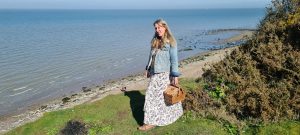
However, if the myth is correct and foraging for these delectable morsels is indeed at the detriment to the environment then surely we must avoid them at all costs, for the good of the planet, it’s habitats and the wildlife that inhabit them.
But is there any truth to the myth? Is foraging becoming such a problem that habitats are being destroyed and species decemated? Or is this just a hyped up knee jerk reaction of people not without understanding the full context of the debate.
Commercial Foraging
Like most environmental issues with food production, the problems start to arise when done on an industrial scale. Large commercial companies scouring the countryside taking everything they can to make money is bound to impair the habitat in which they are found, which will inevitably have a knock on effect on the local wildlife.
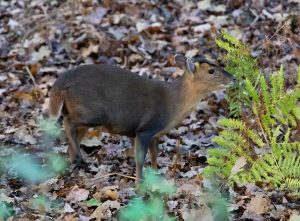
By stripping too much from land and sea you are not only taking valuable food from animals, plants and fungi, but you are also leaving gaps for invasive species to invade.
Moreover, heavy boots and careless harvesting can damage vegetation, topsoil and disturb wildlife, which can all be vital for an ecosystem. Often foraging on a tight timescale can lead to the collection of every plant, animal or fungus in an area, leaving none to feed the wildlife, or to reproduce. This can also result in what fishermen would call bycatch, poisonous or unpalatable products that will be thrown away.
Luckily, here in the UK, there are very few large scale commercial foraging enterprises, and those that do exist legally are either foraging from their own land, or seeking permission from the land owners.
As most ‘wild’ land in England and Wales is indeed privately owned by either the Crown, the State or organisations such as the Woodland Trust, this tends to involve permits that are subject to some scrutiny. Most companies involved in this tend to do so mindfully and with transparency.
The problem of illegal foraging for commercial gain still persists, and has led to things like the banning of mushroom picking in places like the New Forest and Epping Forest, however tabloid reports of waves of eastern european illegal foragers ravaging our landscape seem to be wildly exaggerated to sell papers.
We do see migrant workers been taken advantage off like in the instance of the cockle industry but also individuals driving this practice. It has been reported that on the Isle of Sheppy pickers are taking nearly £100,000 of cockles a week by working in groups of ten. This is very different to an individual filling up a sandcastle bucket to take home and enjoy as a family.
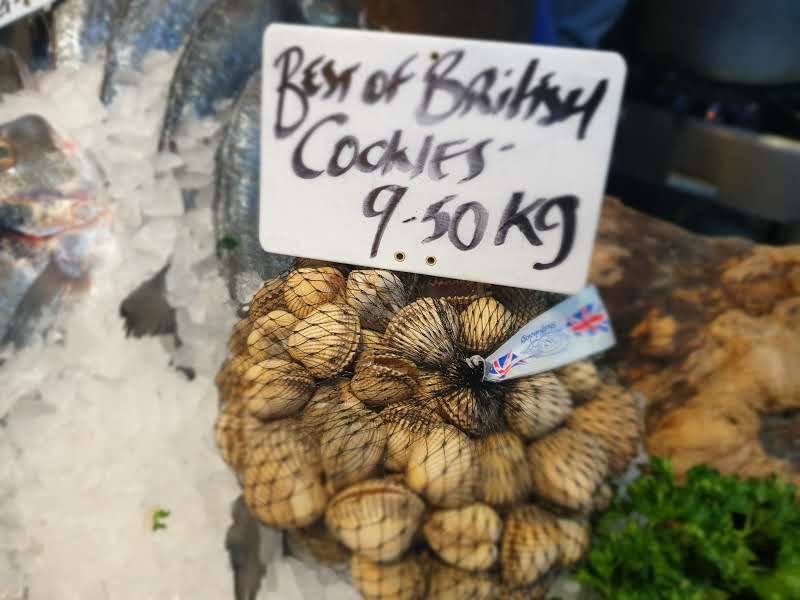
Smaller, more local enterprises are often made up of individuals or small groups who have a deep passion for nature and the environment, and as such will follow not only the law, but best practices, as well as often sowing seeds and replanting what they take. This not only ensures that there will be more for when they come back next year, but that there is plenty for the birds and the bees.
Hobby Foraging
On an individual level, i.e. foraging for one's own dinner plate, is probably less clear cut. It might seem to the forager that returning from a walk with a handful of mushrooms, some nuts and berries and a few herbs is doing no one any harm, but that isn’t necessarily the case.
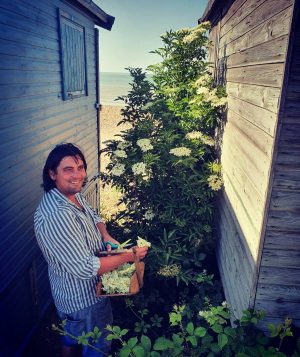
Often the best foraging is found off the beaten track, which may involve trampling the undergrowth, disturbing ground nests and damaging vegetation.
Overzealous, inexperienced or naive foragers might take more than needed, dig up or kill plants, or take something that is rare or protected or in a protected environment.
In addition to this, as the pastime of foraging becomes more popular and more and more people can be found out and about filling their wicker baskets with nature's bounty, known produce 'hotspots’ may become over subscribed. This could easily lead to over foraging and be detrimental to the environment.
It is, however, unlikely that the UK will become a nation of foragers overnight. The recent boom is likely to slow to a gradual incline of interest, giving time for better management systems to emerge, either from government intervention, or more likely within the foraging community itself.
How can it be good for the environment?
By swapping even a small part of our food each week with something grown in the wild, we are relying less on mass produced ‘factory’ farming, reducing food miles and encouraging biodiversity.
Industrialised farming tends to use chemical fertilisers, pesticides and herbicides to produce crops in the quantities demanded by the supermarkets. These ‘agrochemicals’ are produced in factories, need to be stored and are then distributed to farms where they are sprayed on the crop.

Each stage of this comes with it’s own (sometimes significant) risk to the environment. Whilst these risks can be avoided by ‘going organic’, this is often an expensive option and can be cost prohibitive. Foraging on the other hand is free.
Moreover, food grown for supermarkets, no matter how organically it is produced, will often be distributed far and wide from its place of origin. Whilst being able to eat exotic fruits from far flung counties is amazing, and something we, in this modern, globalised world should be rejoicing, it comes with a price.
In order to remain fresh, food is often wrapped in single use plastic and travels day and night in climate controlled vehicles. By supplementing some of your food with something wild you can significantly reduce the food miles and in fact have a positive impact on the environment. Why not try some of our dandelion recipes to get started?
By foraging mindfully, i.e taking just what you need, a little from each plant, leaving enough for the birds and the bees, you are actually playing into nature's hands. Plants that are edible, are edible because they want to be eaten. Either it’s a way to pollinate, or disperse seeds. Or a way to be pruned to encourage new growth, either of it’s self or by allowing light through to saplings below.
A habitat that is regularly foraged tends to have higher biodiversity as more and more edibles grow, attracting other hungry animals and in turn predators. As the habitat becomes more popular with foragers and other nature lovers it is much more likely to become respected and protected.
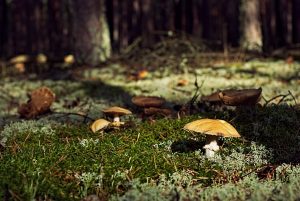
Matt is a forager I greatly admire who recently did a Ted on how foraging connects us with the natural world. Matt moved to Cornwall and started a shellfish supply business, free diving to hand-pick mussels. During this time he supplied several major restaurants and made numerous TV appearances promoting the use of sustainable local produce that supports small businesses. Wild mussels led Matt back to wild food.
His interest for the outdoors took him to college to study Countryside Management where he learnt about habitats, ecology, conservation and sustainability.
Now Matt’s emphasis is on foraging. His focus is to educate people about the variety, nutrition, and sustainability of wild food. His goal is to encourage people to explore their local environment to tap into the wild edibles on their doorstep. Listen to his Ted Talk to see why foraging is good for us and our connections with the natural world.
How do we forage safely, legally and ethically?
Foraging mindfully means taking what you need, a little from each plant and leaving enough for the birds and the bees. This approach does need the application of a little common sense, but if done right it should mean that what you are doing is sustainable.
As a beginner to foraging it is sometimes difficult to gauge the amount of a given plant you will be needing, and bringing a set of scales with you is often impractical. In the Kitchen Table Revolution I usually avoid weights and measurements in favour of terms like ‘a good handful’. I tend to use ratios too, so if you can visualize how much of the end product you want, then knowing how much of the raw ingredient to forage should be relatively straight forward.

It is illegal to take the root of any plant in the wild in the UK as this is not only harmful for the individual plant, but the habitat in general. Instead, pick leaves, flowers and berries with care. Taking all the leaves from one plant will almost certainly kill it, so leave enough so it can breathe. If you're taking flowers, be aware that they almost certainly will become some kind of berry if left alone. You might want to come back later in the year and of cause leave some for the birds.
Be aware of how many other plants of the same variety are in the area, or how scarce that plant is in general (a list of protected plants in the uk can be found at https://www.legislation.gov.uk/ukpga/1981/69/schedule/8).
If you are amongst a sea of wild garlic you can be a little more ruthless than perhaps if you’re seeing only one or two rare violets every few feet.
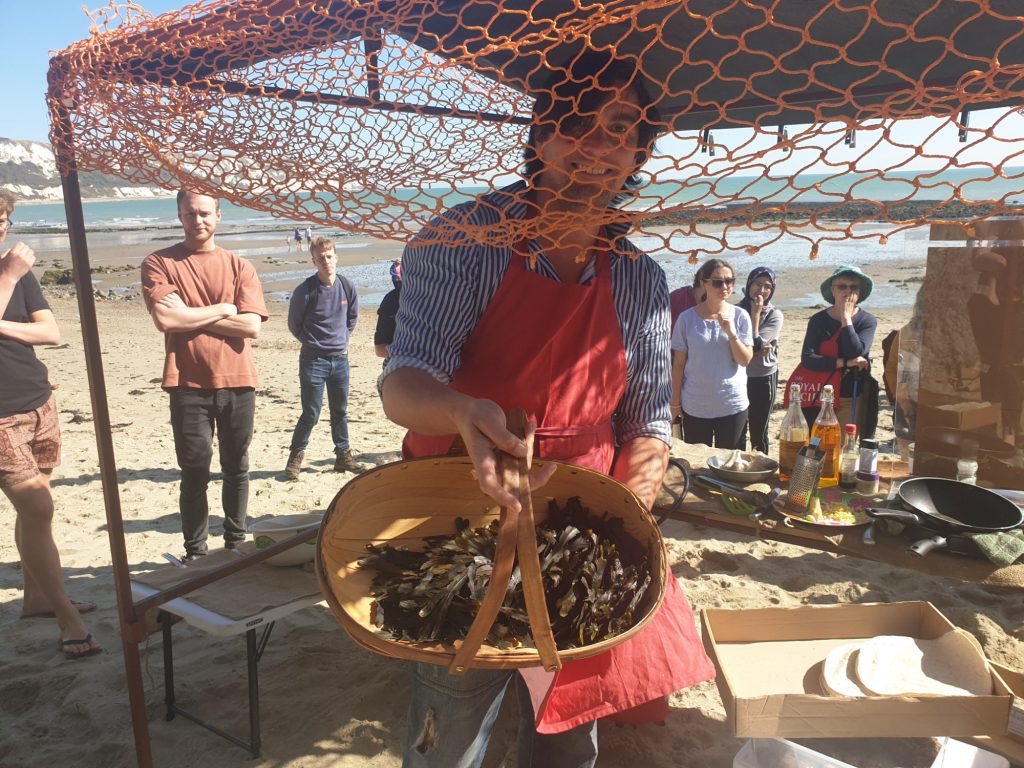
It’s not advised to stray from public footpaths, especially if that involves trespassing on private land, but if you find yourself doing a ‘Red Riding Hood’, then be careful not to trample down the undergrowth or destroy ground nests and the like.

Farmers famously like to chase people off their land brandishing shotguns with dogs at heel. Avoid this by asking permission first. More often than not they will be as happy as Larry to let you forage from hedgerow and field borders as long as you’re not scrumping their apples or worrying their livestock. In fact, farmers tend to know quite a bit about wild edibles, so you might find yourself with a mine of information.
Lastly and perhaps most importantly, be absolutely certain you know what you are picking. If you are anything less than 100% sure what it is, it is best to leave it alone. By bringing a field guide with you (preferably one that doesn’t require batteries, like our excellent foraging fairytale books) or better still, a human guide, you should be able to have a good idea of what you are looking for.
If in doubt, take clear photos of the plant, it’s leaves and if possible flowers as well as noting the habitat you found it in, and run it past an expert. Luckily, The Kitchen Table Revolution has experts coming out of its ears. A good few of them know a thing or two about foraging too.
Personally, I would avoid foraging mushrooms until you have a little experience, and apart from fennel (as the smell is such a giveaway), avoid the carrot family. You don't want to serve up Hemlock soup to your inlaws. Well, you might, but you will get in trouble if you do.
In general, it is quite tempting to try and learn everything at once. This can lead to overwhelm and an ultimately death. To avoid this we teach one thing a week in our Kitchen Table Revolution, gradually building our knowledge throughout the year. If this sounds like your cup of tea, take a look at our membership offers here. We'll have you wowing your friends and family with foraged delights from week one!
Looking for a pocket guide to get you started? Look no further than our Foraging Fairytales Collection. As you leaf through the pages, we'll lead you through the seasons with the magic of wild food, teaching you how to safely and sustainably harvest and cook with nature's bounty. Sample the flavours of spring with Wild Garlic Festival, celebrate summer with Elderflower Festival and harvest the bounty of the hedgerows with Hedgerow Festival. Start your collection today!
Really well balanced and thoughtful article.
[…] Mushroom picking does not impair future harvests – results of a long-term study in Switzerland – ScienceDirect […]